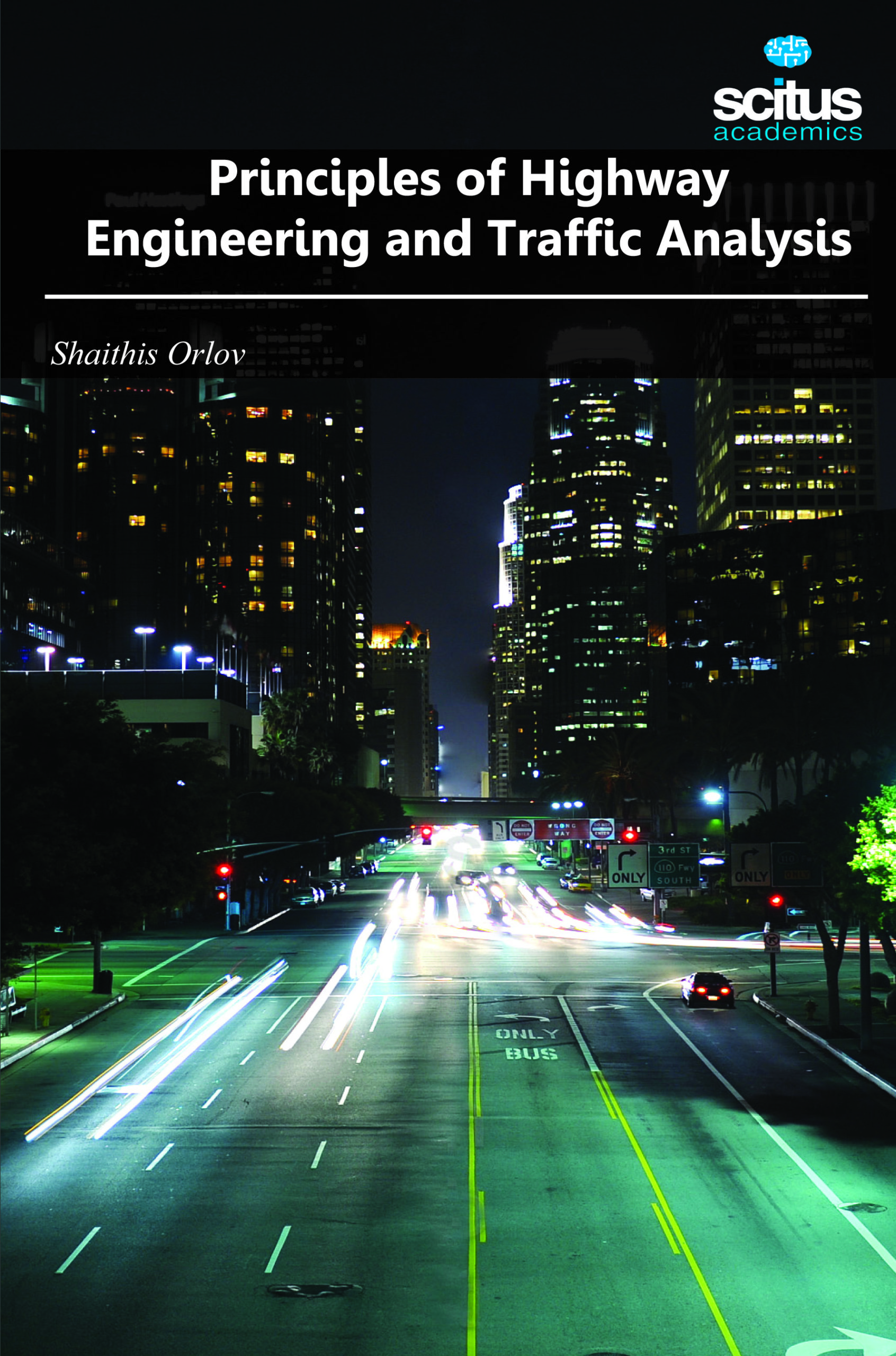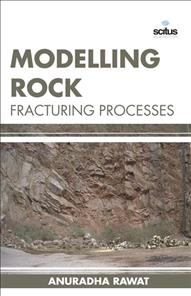The importance of highway transportation to the industrial and technological complex of the United States and other industrialized nations cannot be overstated. Virtually every aspect of modem economies, and the ways of life they support, can be tied directly or indirectly to highway transportation. From the movement of freight and people to the impact on residential, commercial, and industrial locations, highways have had, and continue to have, a profound effect on the world economy and societal development. In the United States, the manner in which highways have come to dominate the transportation system has been studied for decades as a cultural, political, and economic phenomenon. Without a doubt, the demand for unrestricted mobility and unlimited access to resources has played an important role and helped to quickly move highway transportation to its dominant position from the middle of the 20th century onward.
The construction of the interstate highway system remains to this day the largest infrastructure project in human history. At the time, it underscored the nation’s commitment to the unrestricted mobility of its populace and to the economic opportunities that such a system would provide its industrial and service industries. Today, additional highway expansion and maintenance of existing highway systems continue to represent an enormous investment in public infrastructure an investment with an immeasurable impact on society in terms of mobility, economic opportunities, and environmental implications, including consumption of resources and pollution.
There is more demand than ever for highway engineers due to new highway projects throughout the country. This book interested engineers with the information needed to solve the highway-related problems that are most likely to be encountered in the field. It include road vehicle performance, the geometric alignment of highways, pavement design, traffic analysis, queuing theory, signalized intersections, the assessment of level of service, and traffic forecasting.













